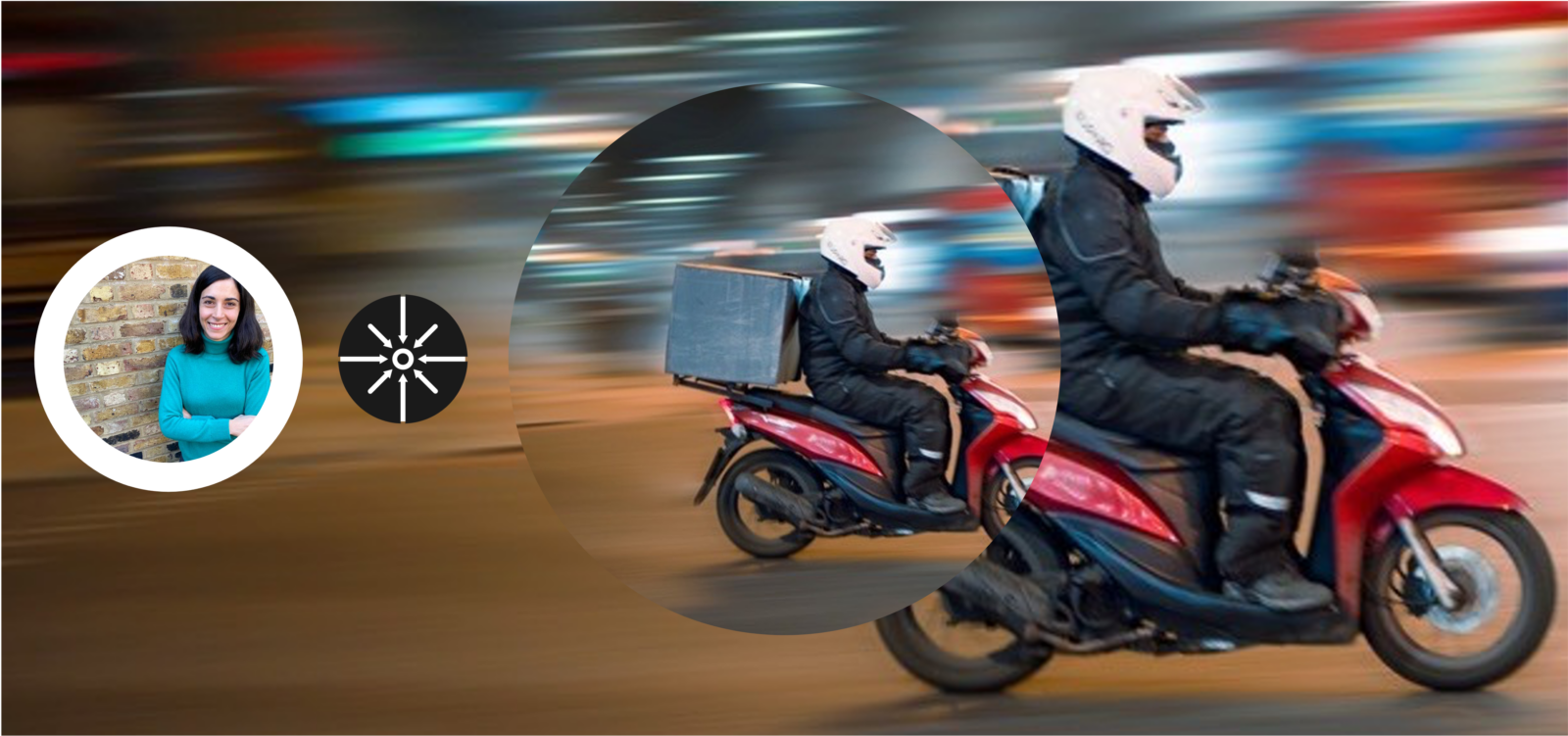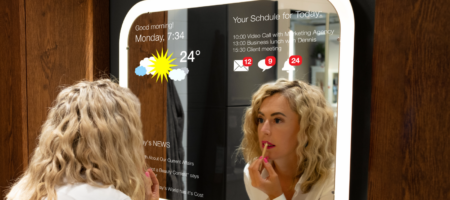At intO, we often work with agile clients, growing startups and digital players who have velocity ingrained in them. For them, the traditional design research process – which involves weeks of fieldwork and analysis before the delivery of a lengthy written report or presentation – does not really work: it is too long, too opaque, and too rigid. They come to us for quick actionable insights that can be swiftly implemented. They need speed, transparency and flexibility. So how can we craft a way to deliver them quick, impactful insights while getting them involved in the process?
Designing the delivery
We pride in our research team’s design background, which helps us get creative when it comes to the delivery of results and go beyond the usual go-to written report. From the beginning of any project, we often ask ourselves how we will deliver it: Will it be a video? A website? An interactive board? A podcast? What will suit the client’s culture best? How can we help stakeholders to assimilate insights by aligning with their working style? Recently we tested a new approach during a localisation sprint for one of our gig economy’s clients: live read-outs.
Ditching the written report
The project was very short – under a month – and focused on informing a localisation strategy for a rapidly expanding gig economy brand in the retail arena. The client wanted to be involved throughout the process: as the business was moving forward quickly, they wanted to learn from feedback loops in order to adjust their offer as they went. Several teams were concerned, from Legal to Business Operations and Marketing, so we had to accurately cater the needs of different functions within the business while aligning them with a common objective, which was an extra challenge.
Instead of spending time crafting a research report – that would probably end up half-read in a digital drawer – we first made sure the client was involved from the start of the fieldwork by allowing them to live check our progress through an online board, where our researchers captured snapshots, screen-grabs and thoughts. That board was also a place where they could live drop comments or questions along the way.
We then set up weekly read-out sessions where we invited the client’s multiple teams, together with our local researchers, to discuss their findings and give them the opportunity to directly ask questions to our on-the-ground researchers. Effectively, this meant our local team was bombarded for a couple of hours with queries that spanned all directions – from legal regulations to UX and operational logistics.
This style of working was intense, but also invigorating and incredibly productive. It allowed the client to have quick and precise answers to specific questions that then fed into their own work streams and objectives. Which in turn informed subsequent research actions, making the project flexible and adaptive to the needs of our client.
Fast, transparent and flexible: the weekly read-out sessions ticked all the boxes and undoubtedly made our results more actionable. Of course, we also captured all these conversations in a written format, so the client could come back to them and share it with the wider team – but there was no need for a written report at the end of the project, which made the whole process quicker.
Who might benefit from this approach?
This approach is particularly applicable to digital product development, where agility and flexibility are key. It is especially useful for localisation sprints of course, but also effective for concept testing or early testing for beta products and experiences. Broadly, as this approach is all about harvesting feedback that is fast and actionable, it goes hand-in-hand with any iterative development sprint that is built into the development process.
Being aware of the pitfalls
However, this type of delivery is obviously not suited for every project, and this very sprint-y approach is not for every client. Long-term development journeys need more detail documented to refer back along the way. Foresight research projects require storytelling in order not to feel too abstract, and are more about being equipped for the future rather than finding answers for the here and now. So what are the requirements on the client’s side for this approach to be successful?
First, companies must know what information they need prior to fieldwork, but they also need to have a fairly good understanding of research as a capacity, so they trust the process and do not question the methodology. Also – and this is probably the most difficult point to get right – all the client’s teams need to be aligned towards a very clear goal. But if these conditions are met, then results of the research will be fed into the business much quicker and more efficiently – leading to a happier, engaged client!

Laetitia is a specialist in qualitative and design research. She is a strategic thinker and has a creative and user-centric approach, constantly striving to bridge the gap between business acumen and creative drive. She has an MBA with a major in Social Entrepreneurship from ESSEC (France), and a BA in Product Design from Central Saint Martins. Laetitia has lived in France, Spain, India and Singapore, and is now based in London. She speaks French, English, Spanish and some Hindi.
Want to know more about our work on agile projects? Contact [email protected]
Posted on September 24th, 2021
Uncategorized Publications Innovation Research




